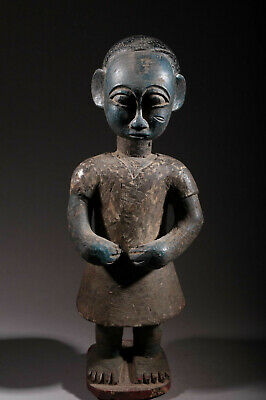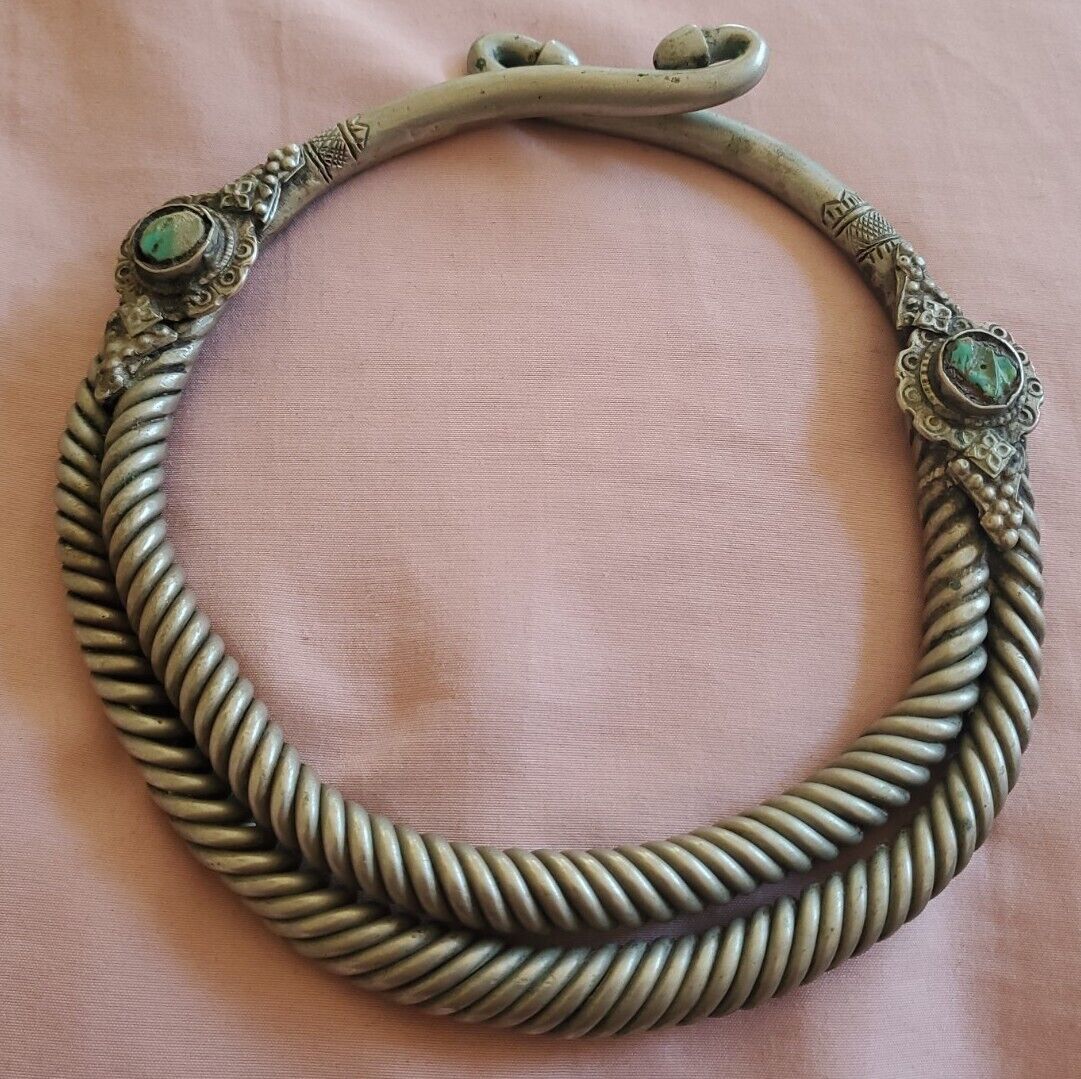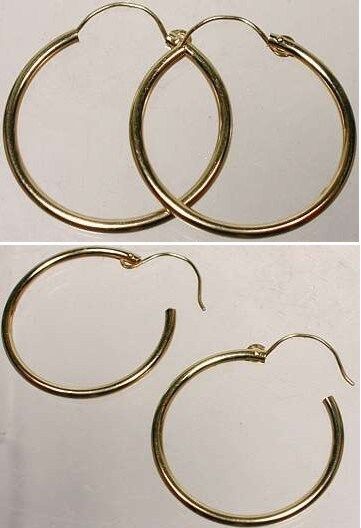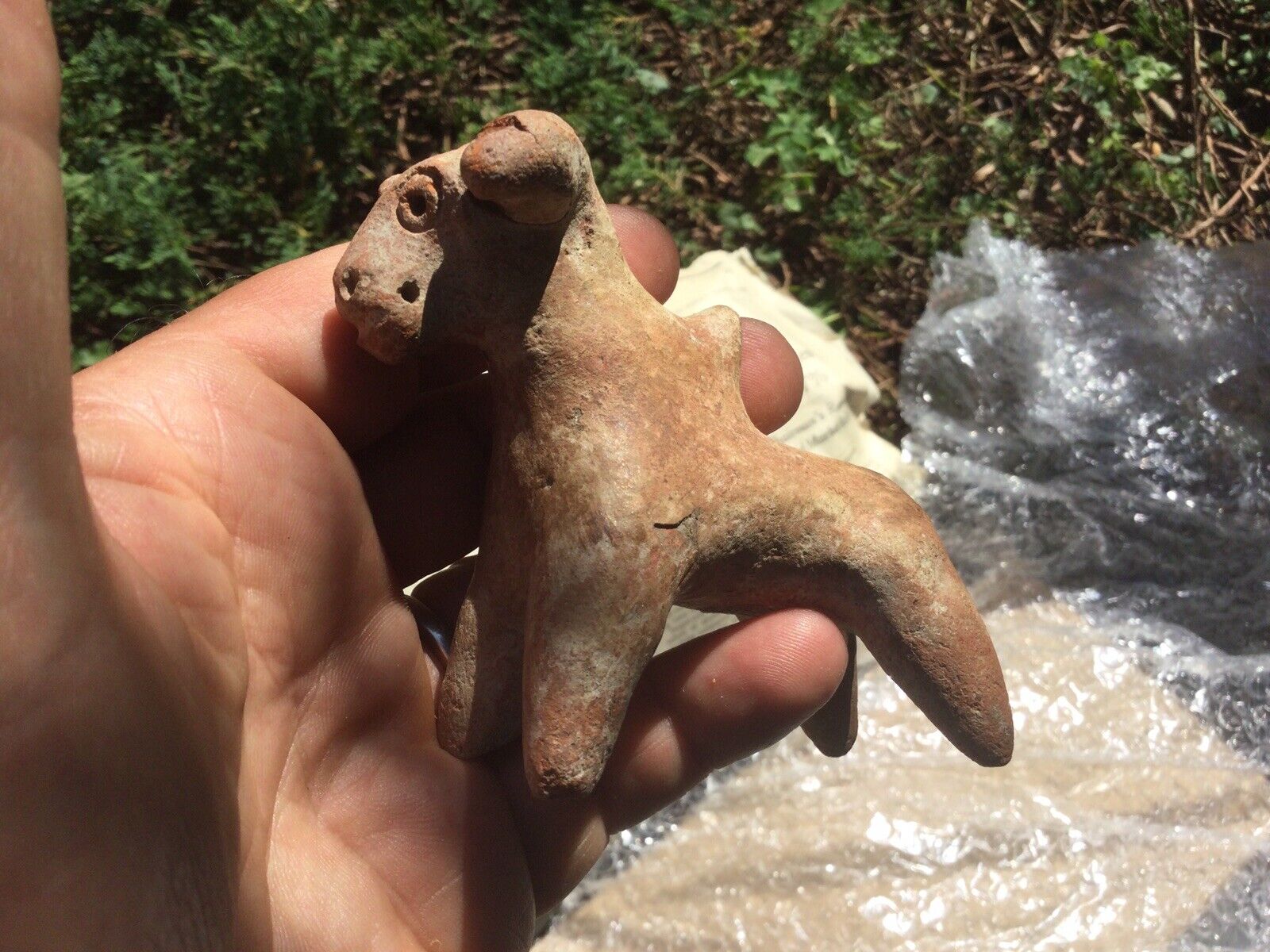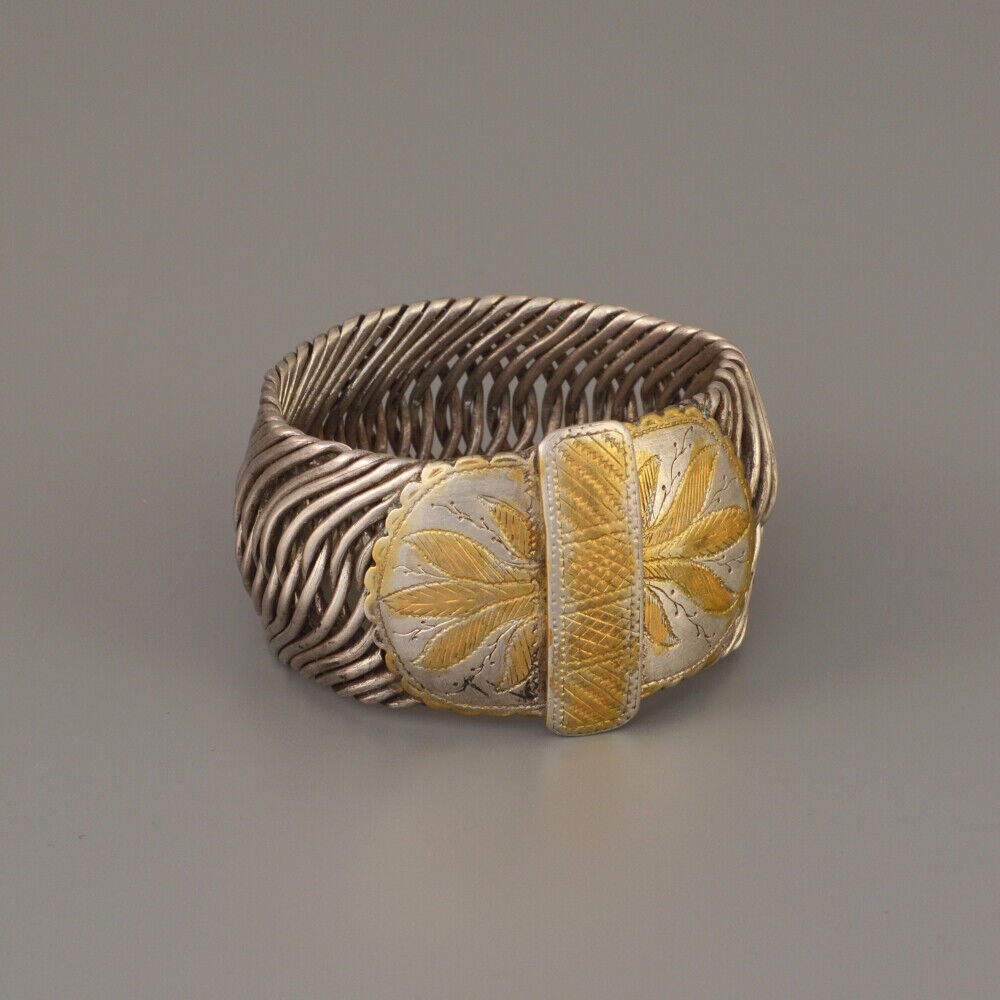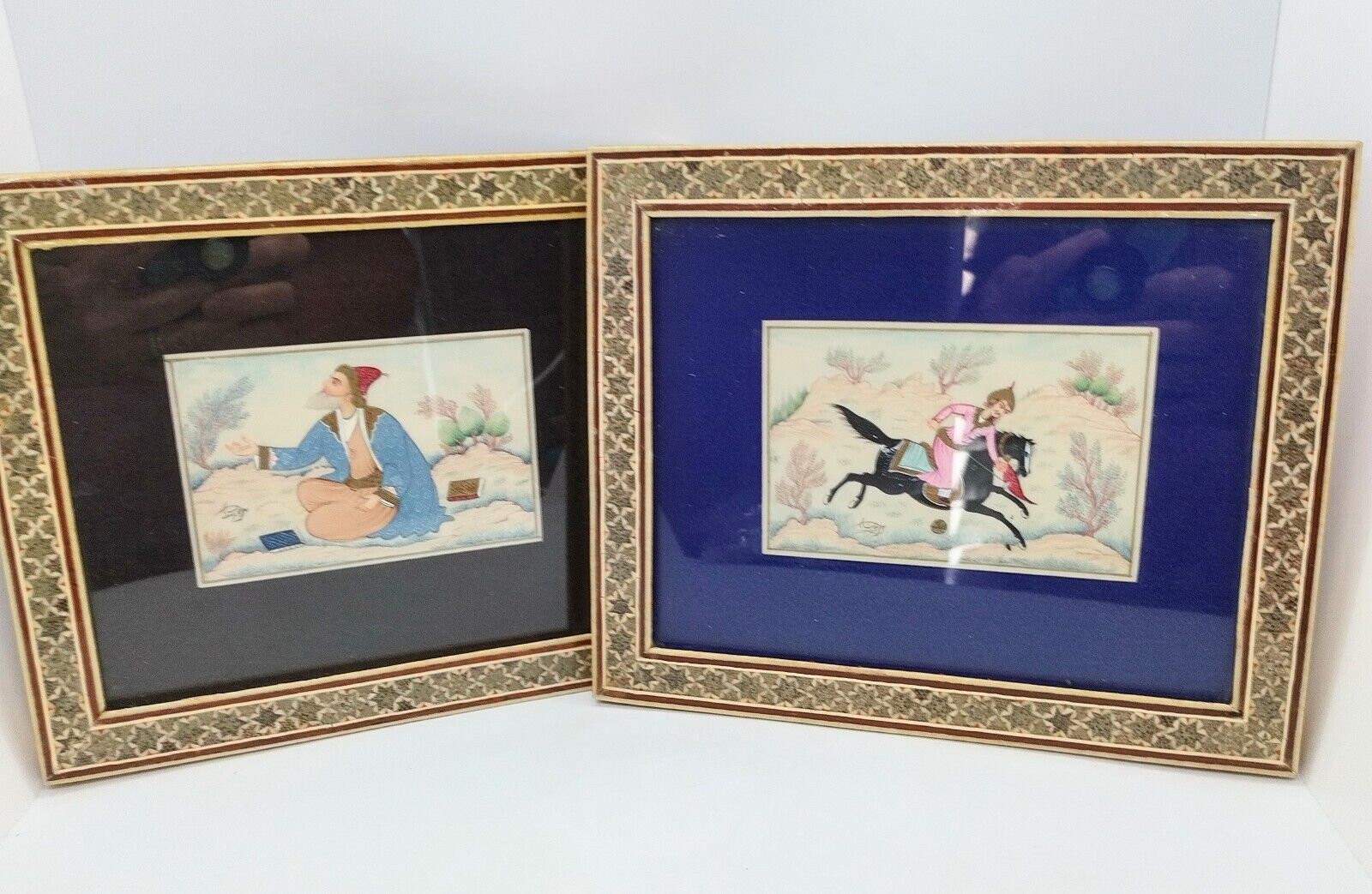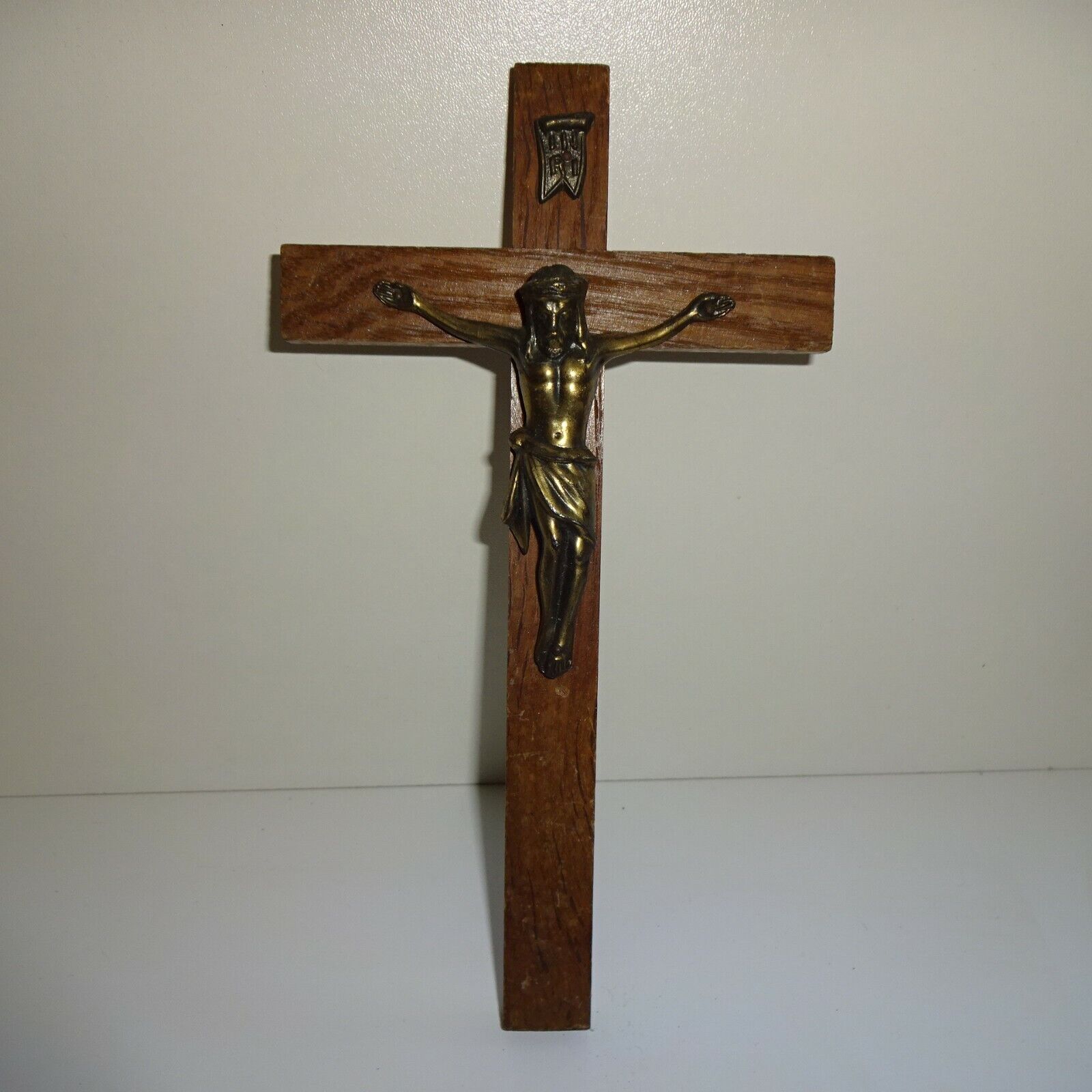-40%
Art African Colon Baoulé 1368
$ 230.25
- Description
- Size Guide
Description
Ref: sf-1368Height 38
CM
Product Description
Colon Baoulé from Ivory Coast. Piece over 50 years old.
The colonizers were often represented through institutional functions such as doctor, police officer, gendarme or judge. But in African humor, the characters keep black skin and their hands in their pockets.
The art "colon", It was born at the beginning of the XXth century following orders from the colonizers or natives who wanted to have figures "mimicking" the colonists. The anthropomorphic sculptures are dressed "in the West" and covered in colors. We can distinguish settler art from before the Second World War to the aftermath, up to the present day. The trend is now towards making very stretched shapes, referred to as "threadlike" which are painted in very bright colors.
Several centuries after the first representations of European merchants and soldiers who carried out transactions with coastal peoples, the colonial presence deeply marked African statuary. In accordance with the canonical proportions in force in ethnic sculptures, the black man, armed, wearing the red chechia, the bolero and baggy pants made his appearance. The powers conferred on him within the administered communities made him a character whose favor was to be attracted, including through worship. Bambara in Mali, Baoule in Ivory Coast, Ashanti in Ghana, Kamba in Kenya or Makondé in Mozambique integrated it into the "pantheon" of terrestrial powers, in the form of wooden sculptures, often polychrome. They are part of what was later called "the Settlers". This term refers to the statuettes which, across Africa, represented the presence or influence of the West. The production of this art form would subsequently become widespread. It will be emptied of its religious character, under the effect of a Western commercial demand in objects of art and crafts. The authoritarian attributes of the tirailleur will fade from representation in favor of avatars of social success and other external signs of modernity.
The colonists represent a category of people with whom the artists or their sponsors have seen themselves constantly confronted in their daily life: colonial administrators, soldiers, traders, missionaries.
At first, settlers were statuettes dyed with vegetable dyes, representing whites as perceived by African artisans, through the filter of traditional aesthetic canons. The sculptors then left primitivism, to approach representations more faithful to reality, not devoid of a lot of naivety, privileging the detail until the anecdote. Rifle, hats, boots, fashionable clothes, plated hairstyles, bras, bottles of wine ... All is well !
Collecting settlers is like preserving Africa's often naive outlook on Western man.
African art, African mask
African art african tribal art arte africana afrikanische kunst
Piece delivered with an invoice and a certificate of authenticity.
Several centuries after the first representations of European merchants and soldiers who carried out transactions with coastal peoples, the colonial presence deeply marked African statuary. In accordance with the canonical proportions in force in ethnic sculptures, the black man, armed, wearing the red chechia, the bolero and baggy pants made his appearance. The powers conferred on him within the administered communities made him a character whose favor was to be attracted, including through worship. Bambara in Mali, Baoule in Ivory Coast, Ashanti in Ghana, Kamba in Kenya or Makondé in Mozambique integrated it into the "pantheon" of terrestrial powers, in the form of wooden sculptures, often polychrome. They are part of what was later called "the Settlers". This term refers to the statuett
